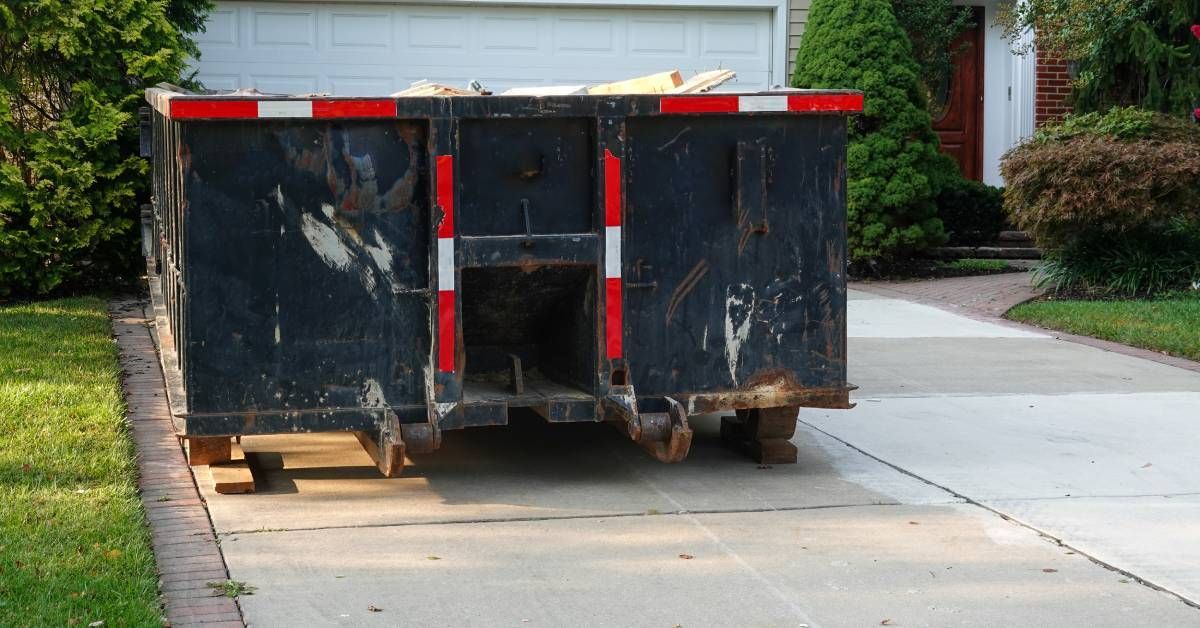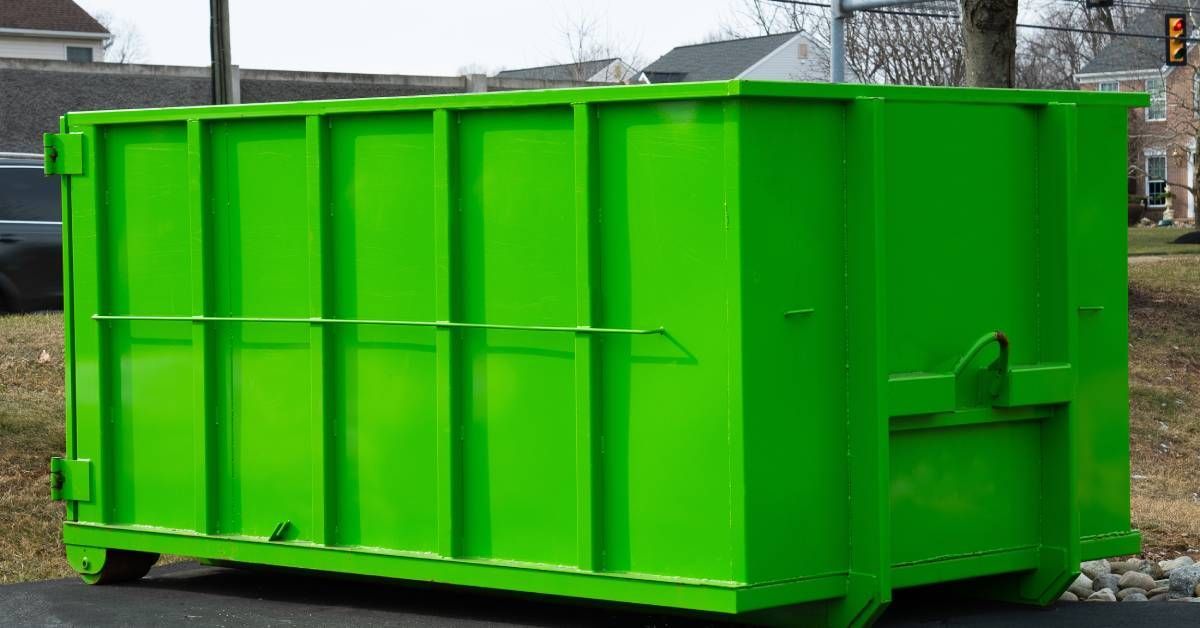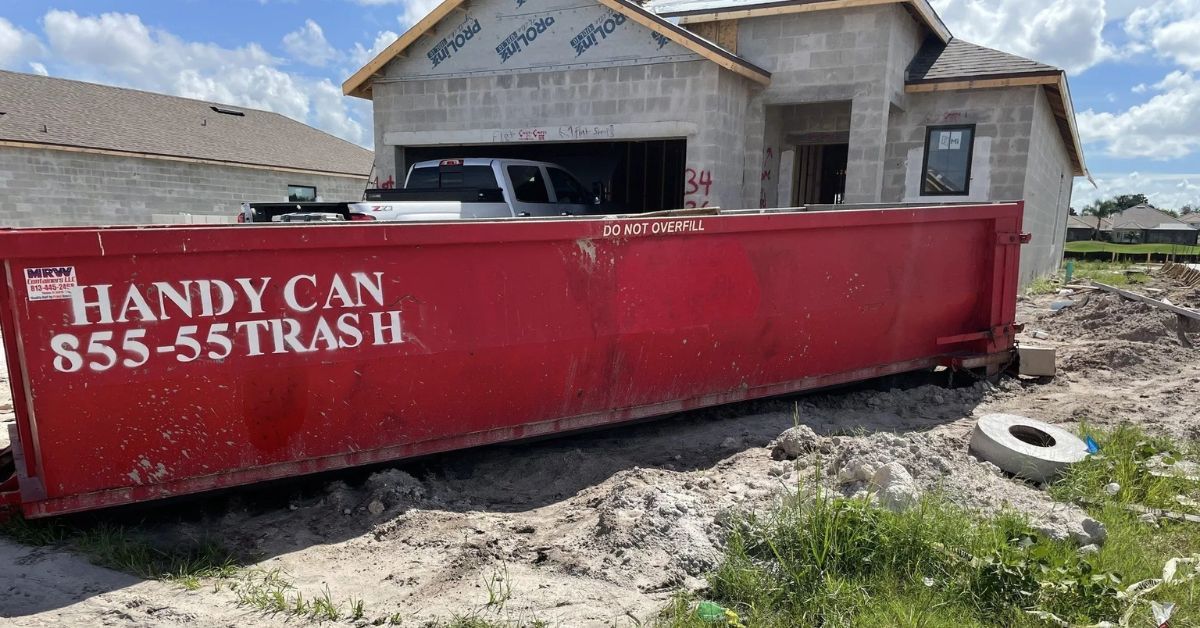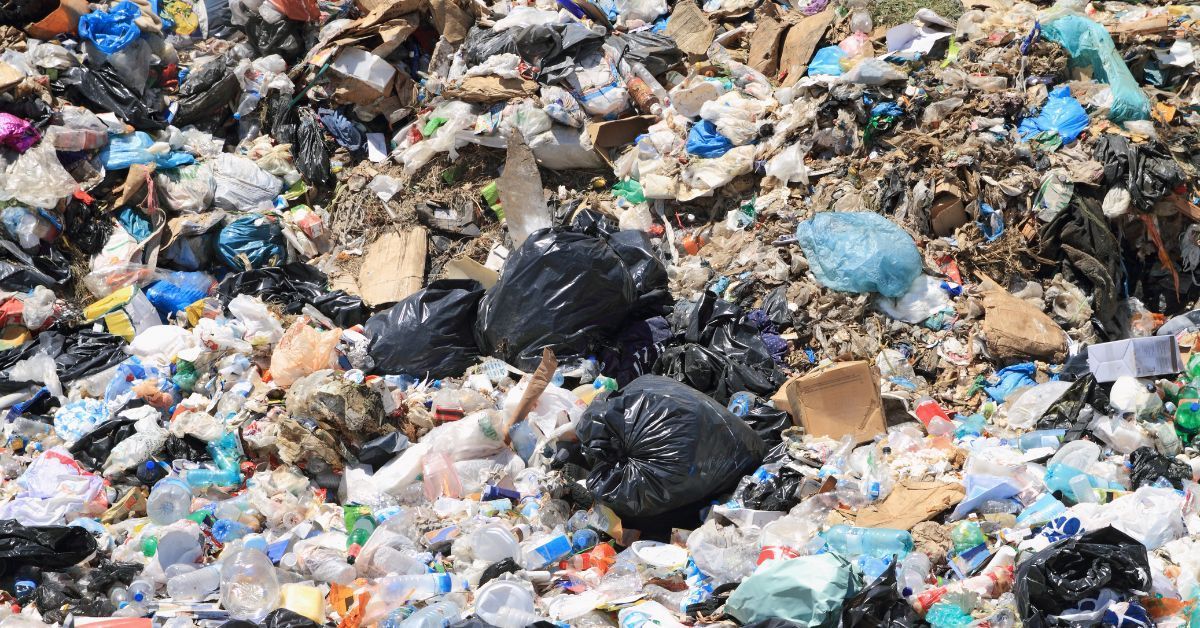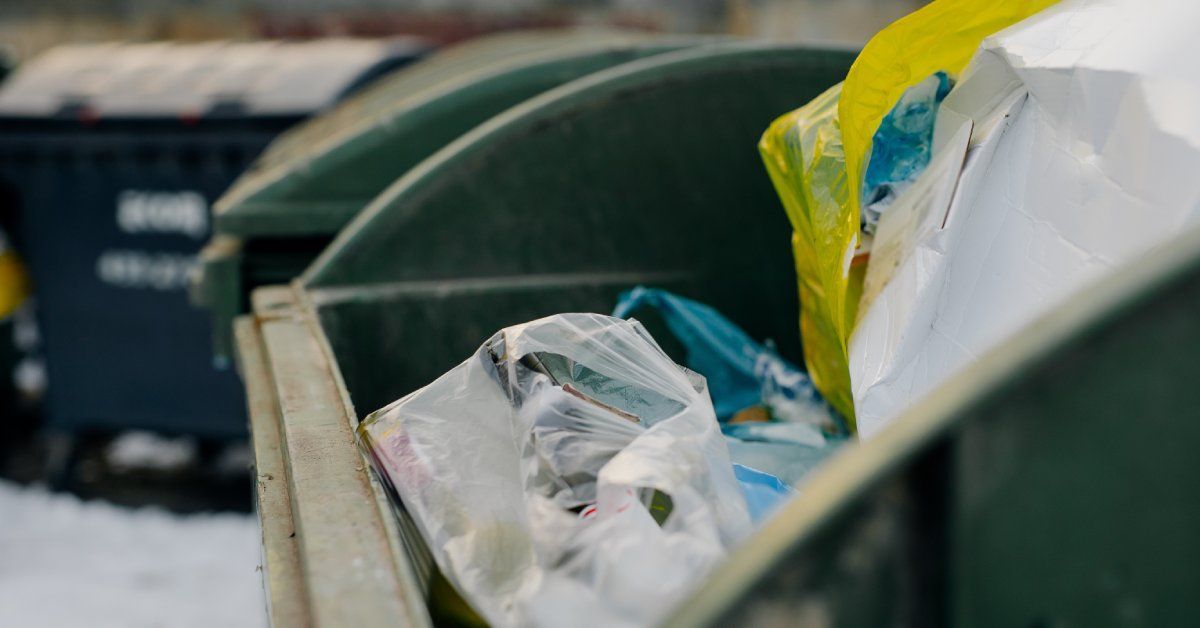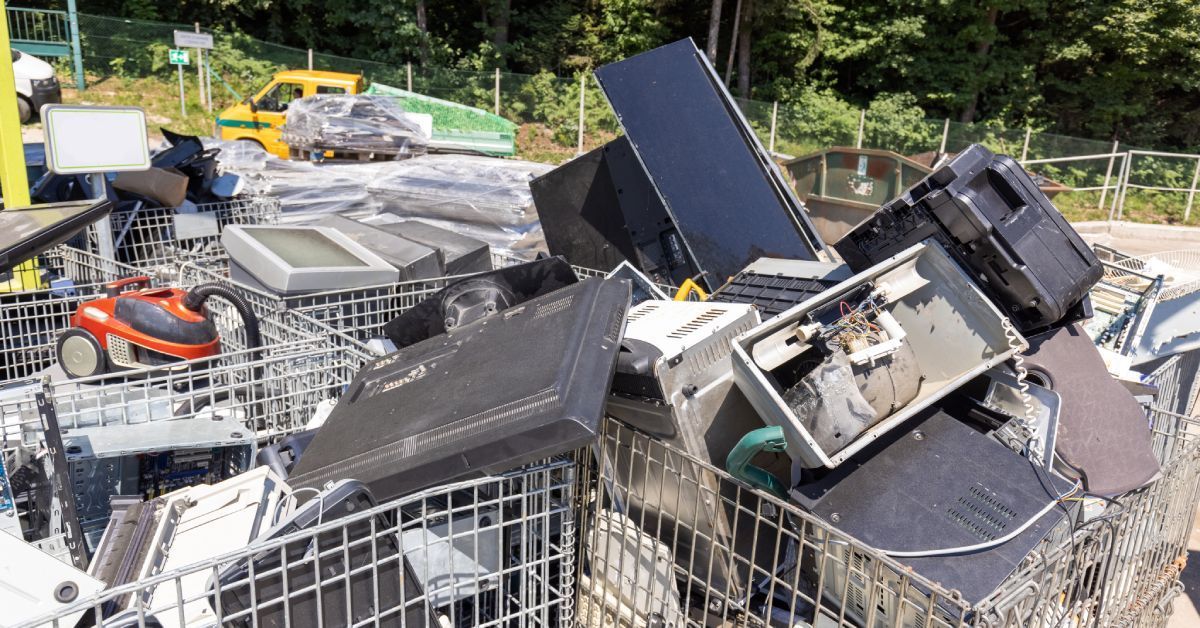Blog

Owning a property brings many responsibilities, and one of the most frustrating issues can be illegal dumping in your dumpster. Not only can it create a mess, but it can also lead to increased costs and liability concerns. Handy Can Disposing and Recycling understands the rules of dumping, so we’re here to clue you in on what to do if someone is using your dumpster illegally. Understanding Illegal Dumping Illegal dumping is annoying, and it may quickly turn into a legal issue with significant consequences for you. Florida defines illegal dumping as the disposal of waste without permission on property that is not a designated dumping site. This can include anything from household trash to construction debris. The state of Florida takes illegal dumping seriously, and several laws surround this issue. According to Florida Statute 403.413, also known as the Florida Litter Law, individuals caught illegally dumping can face severe penalties. These penalties can include fines, community service, and imprisonment, depending on the severity of the offense. Understanding these laws gives you the knowledge to take appropriate action and ensures that you are aware of legal backing when dealing with illegal dumpers. Identifying the Signs of Illegal Dumping Recognizing the signs of illegal dumping is essential for property owners to address the issue. One of the most common indicators is the presence of foreign waste in your dumpster. This can include items such as old furniture, appliances, construction materials, or commercial waste that exceeds the volume typically associated with your usual use. Additionally, paying attention to consistent patterns can help; if you notice certain items appearing regularly or in large quantities, it’s a clear sign that illegal dumping is occurring. Other signs include unusual activity near your dumpster during late hours or the presence of people who are not residents of the property. Try to note disruptions, such as increased litter around the dumpster or a noticeable decline in the cleanliness of the space. Keeping a record of these signs can aid in gathering evidence when reporting illegal dumping to local authorities.


